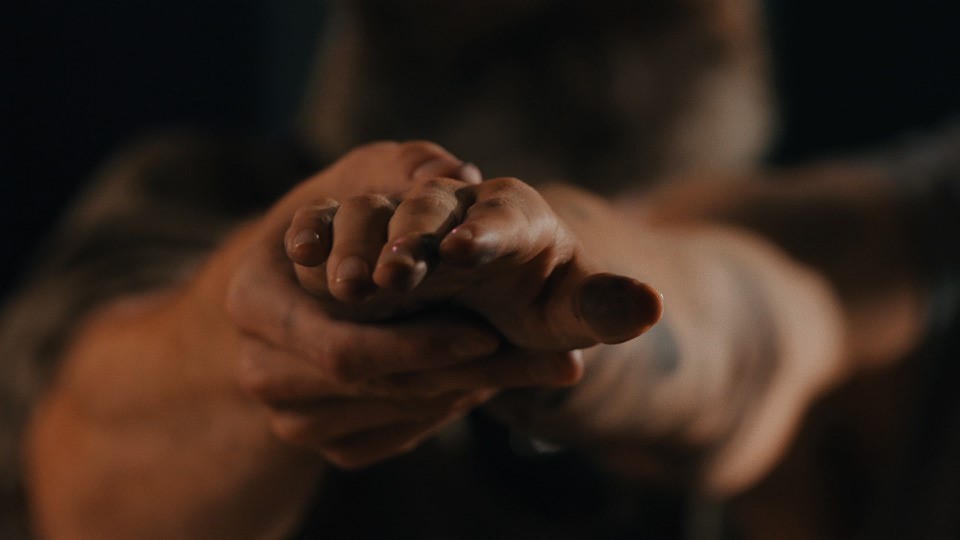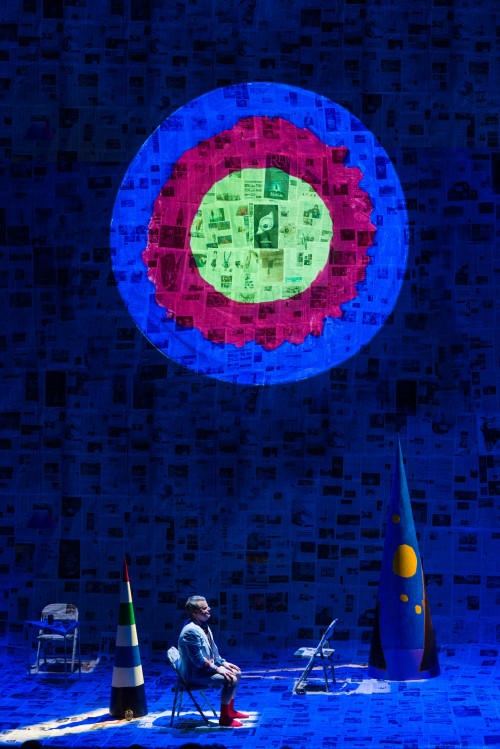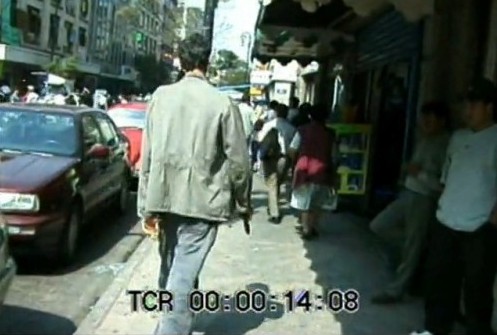Mourning, Militancy, and Mania in Patrick Staff’s The Foundation
Featured image: Patrick Staff, video still from The Foundation, 2015. Courtesy of Commonwealth and Council, Los Angeles. by Christian Whitworth He was a damned good-looking guy, all right—and in that outfit he looked rugged, too. I reckon he was about twenty-four, and so well made that he just escaped being pretty. His black curly hair tumbled out beneath the peak of his motorcycle cap, pushed to the back of his head. […] The planes of his face from cheekbone to jawline were almost flat, perhaps a little hollowed, so that he gave the impression of a composite of all the collar ads, fraternity men, football and basketball players, and movie heroes of the contemporary American scene.1 When the novelist, poet, and university professor Samuel Steward, working under the pseudonym Phil Andros, published in 1966 his erotic collection of short stories, Stud, he ushered forth a composite image of homoerotic fantasies, its model masculinities who, like the hum of their motorcycles and movie projectors, remain throbbing throughout. And if the seated man on the cover of the …




